Conservation
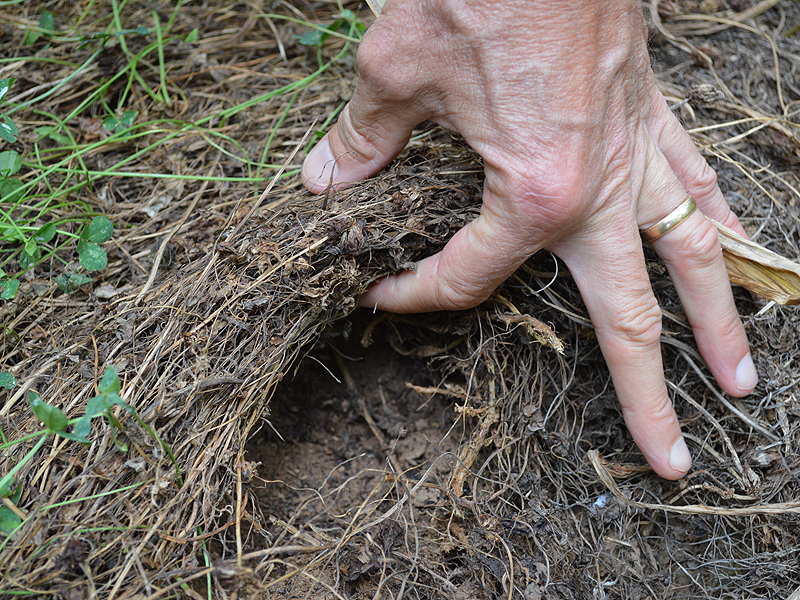
Living mulch functions like mulch on any farm or garden except — it’s alive. No, it’s not out of the latest horror movie; living mulch is a system farmers can use to benefit both profits and the soil. While the system has been around for a while, scientists at the University of Georgia are making it more efficient and sustainable.
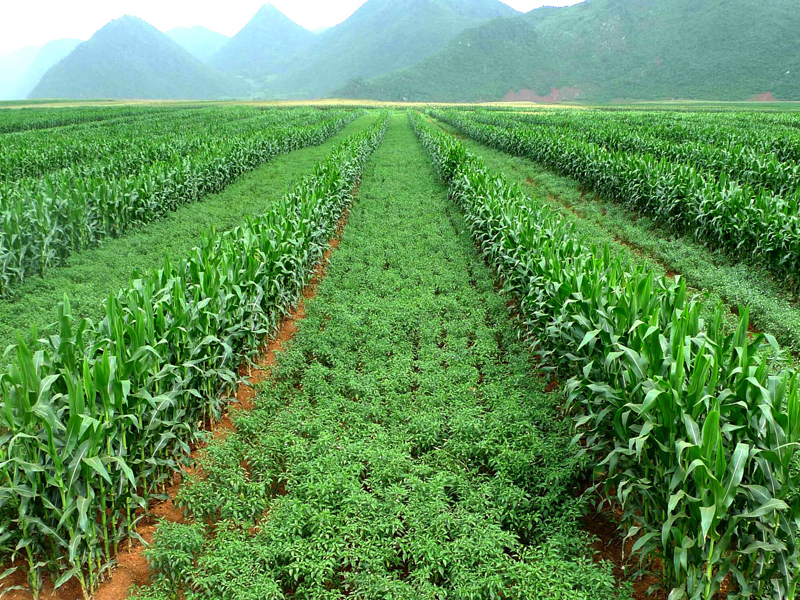
On the steep farming slopes of China, Bozhi Wu and his research associates are finding ways to improve economic and environmental stability.
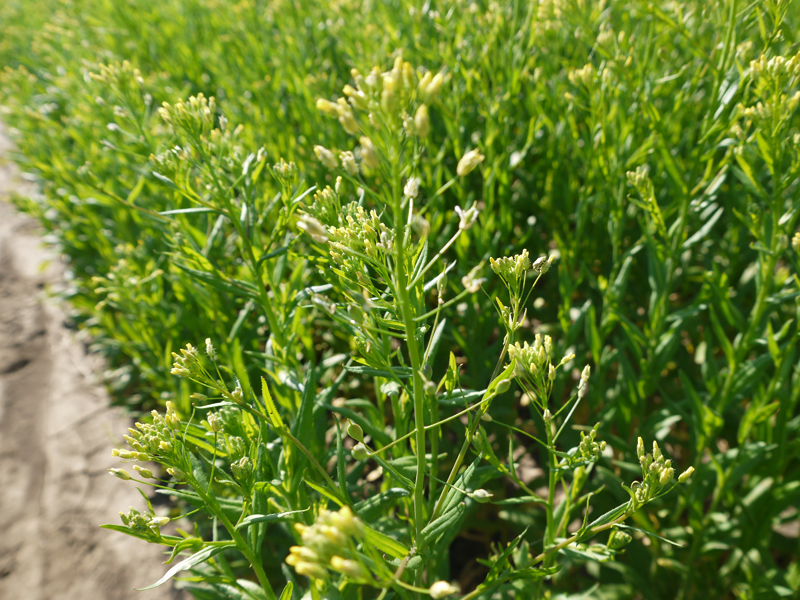
Camelina: Have you heard of it? It’s an emerging alternative oilseed crop in parts of the Great Plains.
 A new study looks at how three varieties of camelina perform when grown in two different regions within the Great Plains.
A new study looks at how three varieties of camelina perform when grown in two different regions within the Great Plains.
The end goal is to find the camelina variety that performs best in each location or environment. Augustine Obour at Kansas State University was the lead author of the paper.
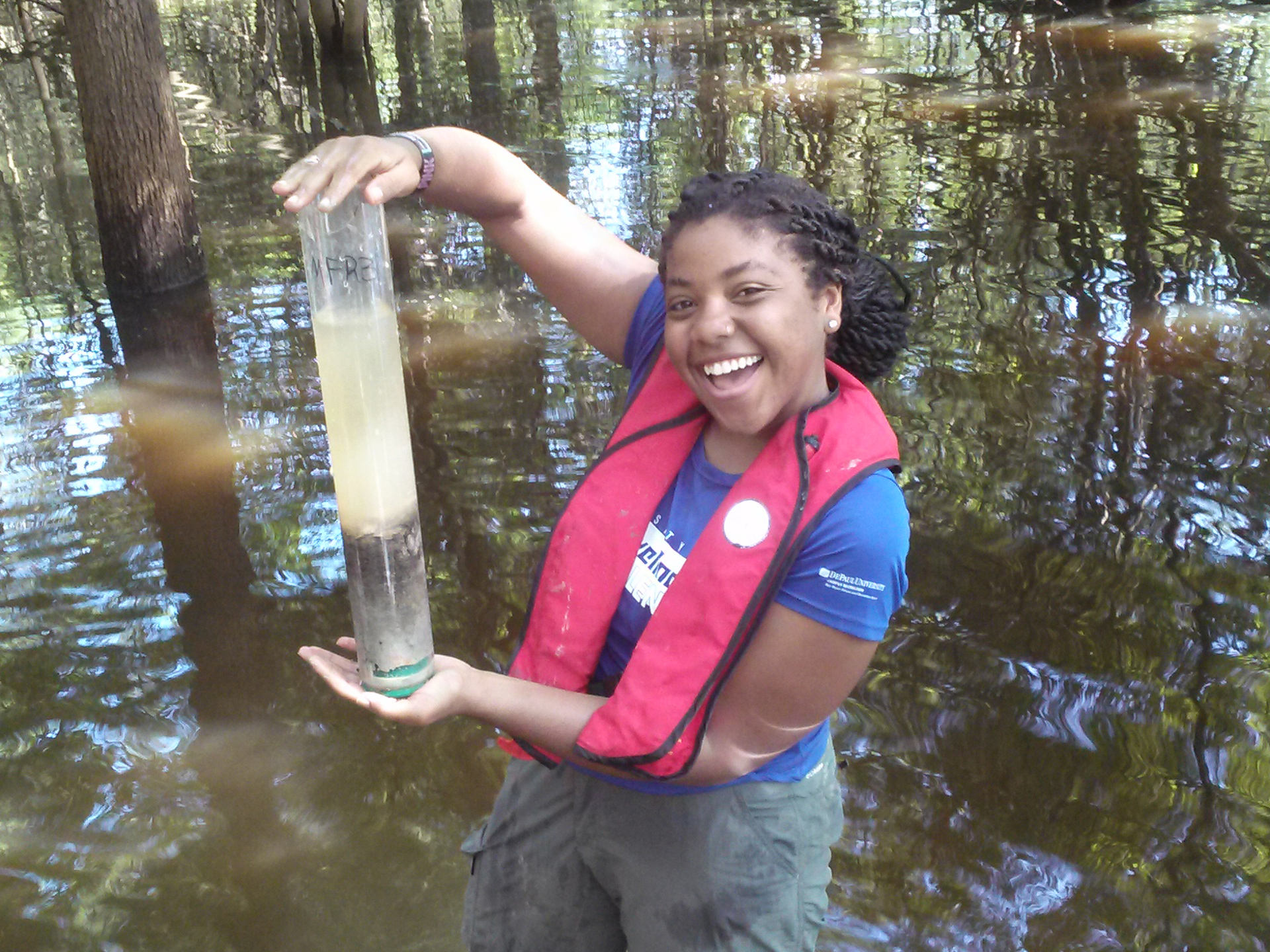
Huckleberry Finn wouldn’t recognize today’s lower Mississippi River. Massive walls separate the river from low-lying lands along the bank, an area called the floodplain. Floodplains were once the spillover zone for the river. As people settled in floodplains, the land was converted into farms, homes, and businesses. Close to 1,700 miles of walls, or levees, keep the lower Mississippi River in check.
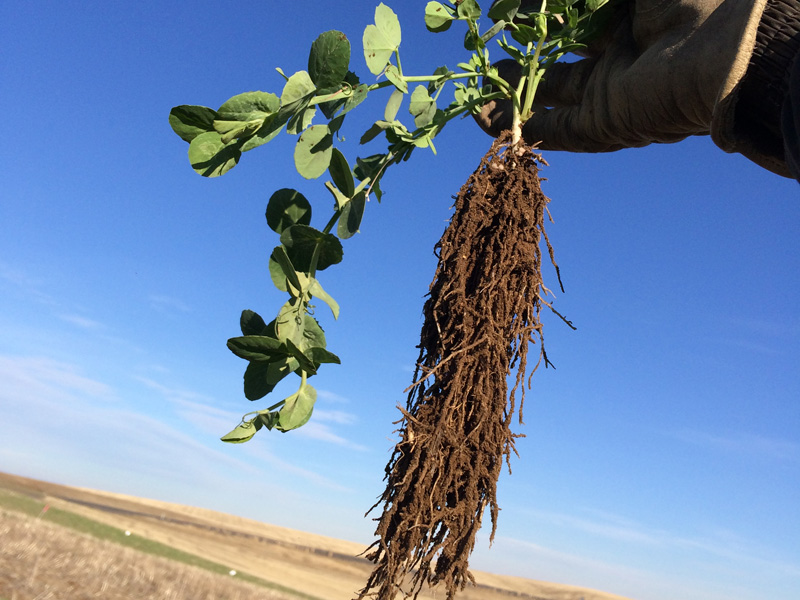
Growers always deal with precipitation amounts. Some get too much water. But for those in drought areas, scientists are working to create imaginative solutions that help the soil, have an economic return, and introduce a different crop – pulses.
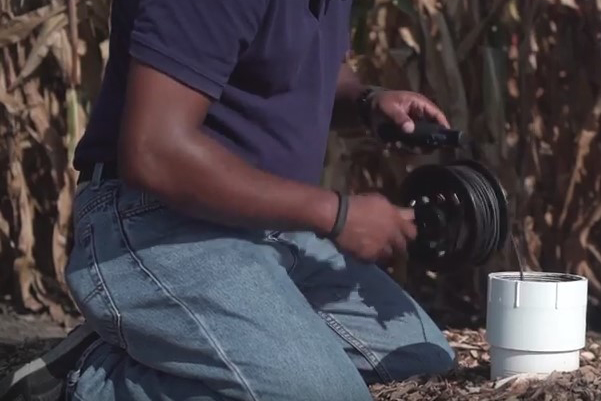
It’s been largely ignored in the past as a route for phosphorus loss from farms, but the buried network of drainage pipes known as the tile system can carry away as much phosphorus as surface runoff.
That’s the conclusion of a pair of studies published in the Journal of Environmental Quality today (Oct. 3). In research in Ohio and Indiana led by USDA-ARS scientists, nearly 50% on average of both dissolved, “bioavailable” phosphorus and total phosphorus left fields via the tile system—a percentage much higher than previously thought.
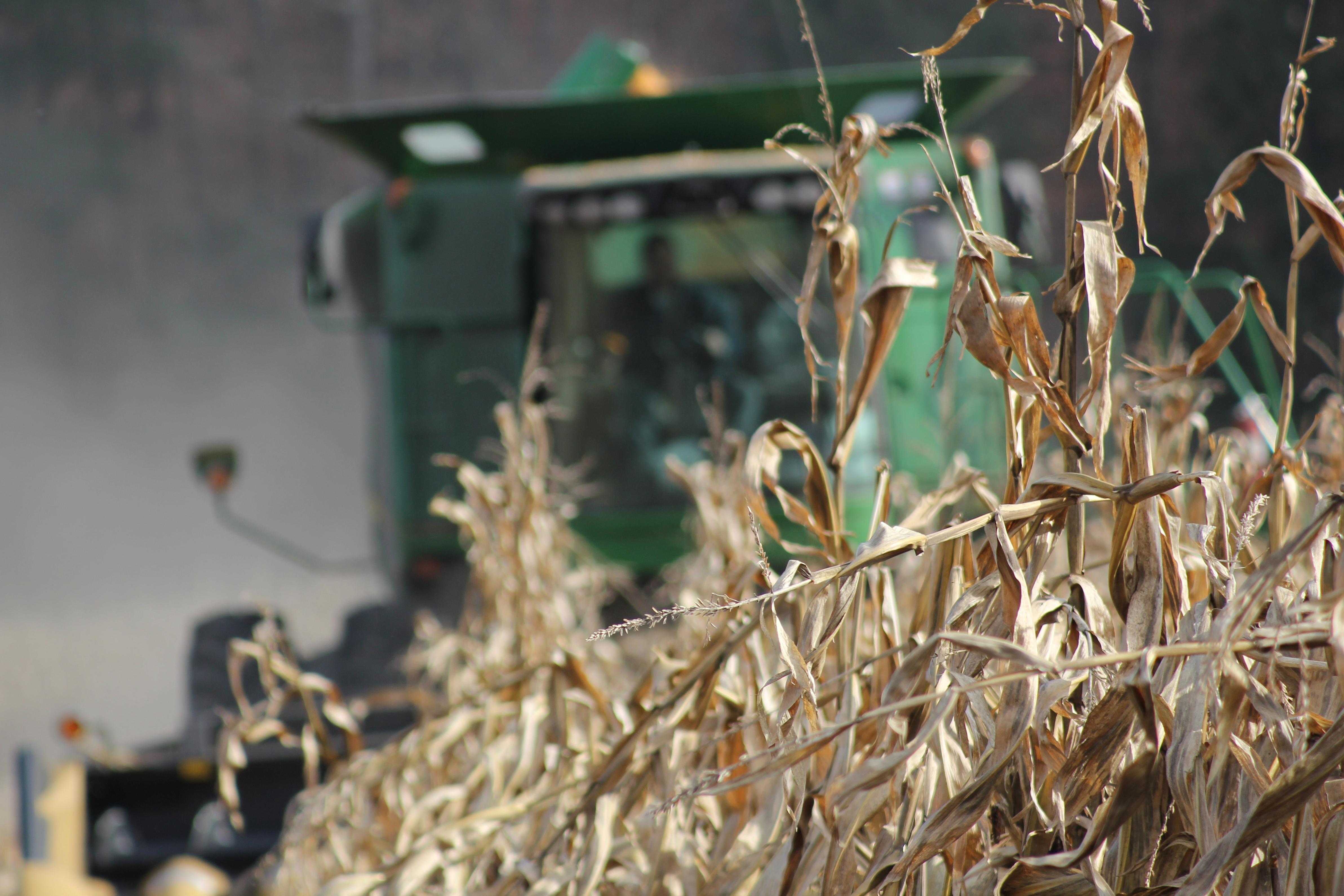
The increasing scale of farming operations and use of agricultural machinery worldwide has caused an unusual problem—soil compaction. It’s defined as the packing effect of external forces that reduce soil bulk volume and pore size. Heavy farm equipment like tractors, trucks, and harvesters can cause soil compaction. Other causes include livestock and rainfall.
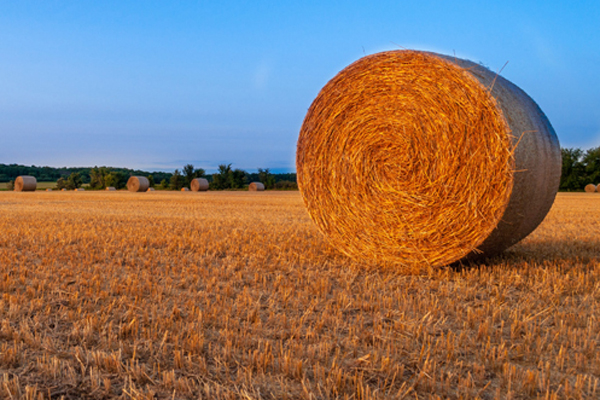
When soybean was popularized in the U.S. in the 1800s, farmers eagerly embraced the legume from East Asia as a forage crop. Today, it is more commonly grown as an oilseed crop rotated with corn throughout the Farm Belt.
Western hay producers, though, hope the high-protein crop could work yet again as a cost-reducing annual forage that could replace or compliment perennial hay crops like alfalfa and timothy.
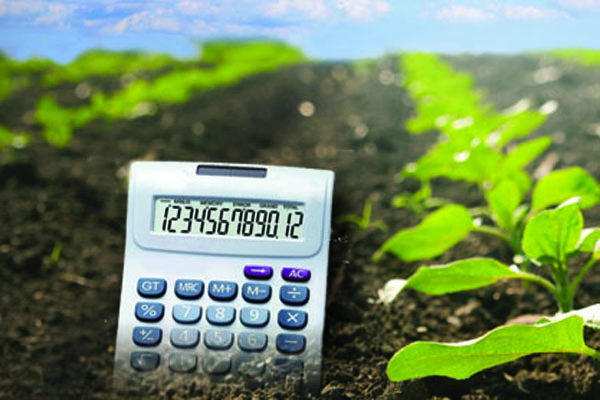
For decades, scientists, politicians and environmentalists have been trying to put a value on the Earth’s natural resources. Once public utilities were in place, homeowners had to start paying for the water provided by their municipalities. But, how much should that water service cost? In the late 1990s, it became common for people to buy bottled water. Pricing is largely determined by market forces.
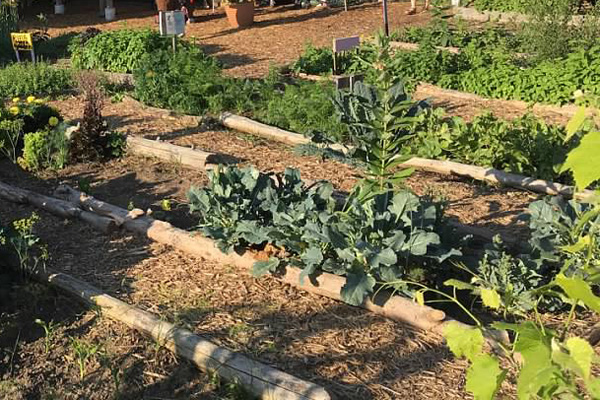
In many cities around the world, patrons of high-end restaurants want quality food that is flavorful and fresh. To satisfy their guests, chefs are looking closer and closer to home – to locally grown produce from neighboring farms or even from their own, restaurant-owned gardens.
“You can’t find fresher food anywhere,” says Sam Wortman, assistant professor at University of Illinois at Urbana-Champaign. “Chefs are literally picking produce the same day they’re cooking it in the restaurants.”
